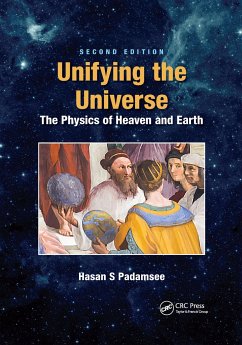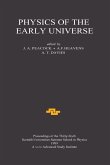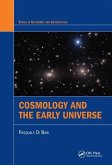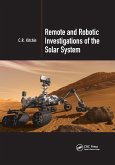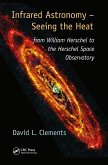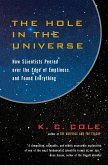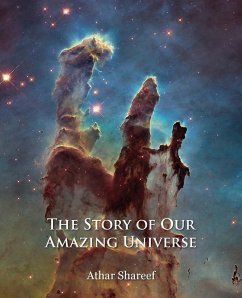Unifying the Universe: The Physics of Heaven and Earth presents a non-technical approach to physics for the lay-science enthusiast. This popular textbook, which evolved from a conceptual course at Cornell University, is intended for non-science undergraduate students taking their first physics module. This second edition maintains its unique approach in crossing boundaries between physics and humanities, with connections to art, poetry, history, and philosophy. It explores how the process of scientific thought is inextricably linked with cultural, creative, and aesthetic aspects of human endeavor, opening the readers up to new ways of looking at the world. The text has been fully updated throughout to address current and exciting new topics in the field, such as exo-planets, the accelerating Universe, dark matter, dark energy, gravitational waves, super-symmetry, string theory, big bang cosmology, and the Higgs boson. There is also an entirely new chapter on the Quantum World, which connects the fascinating topics of quantum entanglement and quantum computing. Key Features: Provides a solid, yet accessible, background to basic physics without complex mathematics Uses a human interest approach to show how science is significant for more than its technological consequences Discusses the arts and philosophies of historical periods that are pertinent to the subject
Hinweis: Dieser Artikel kann nur an eine deutsche Lieferadresse ausgeliefert werden.
Hinweis: Dieser Artikel kann nur an eine deutsche Lieferadresse ausgeliefert werden.

